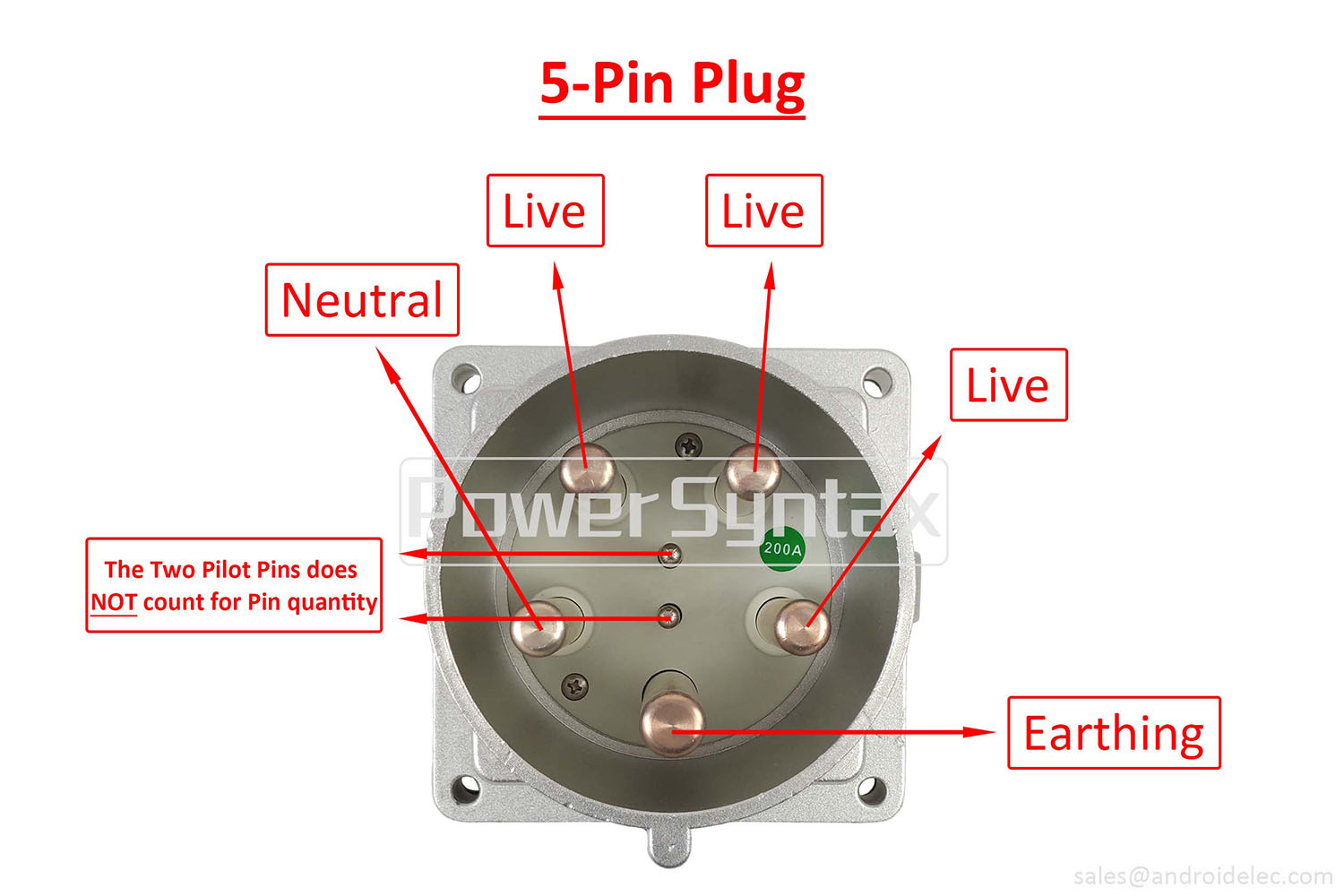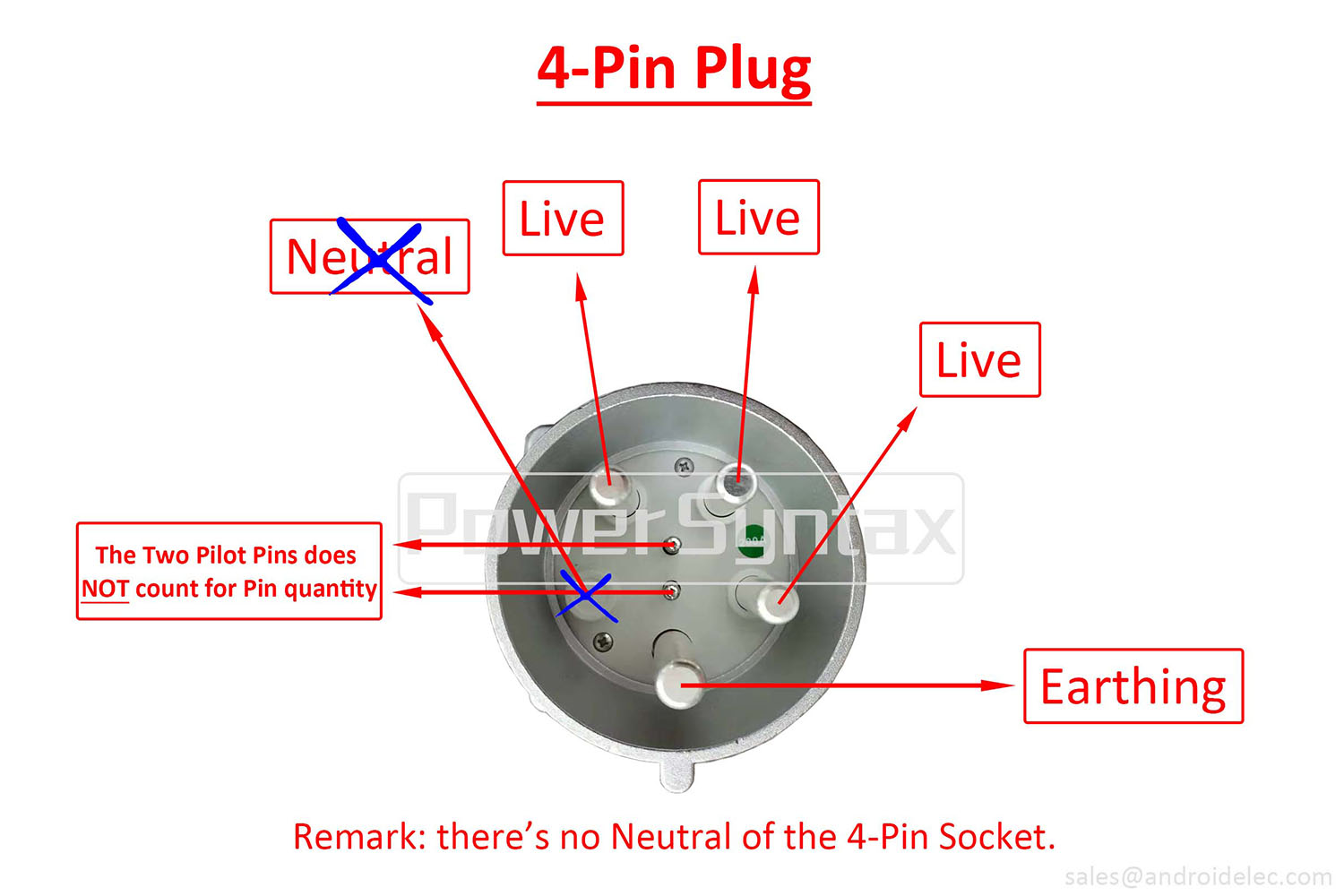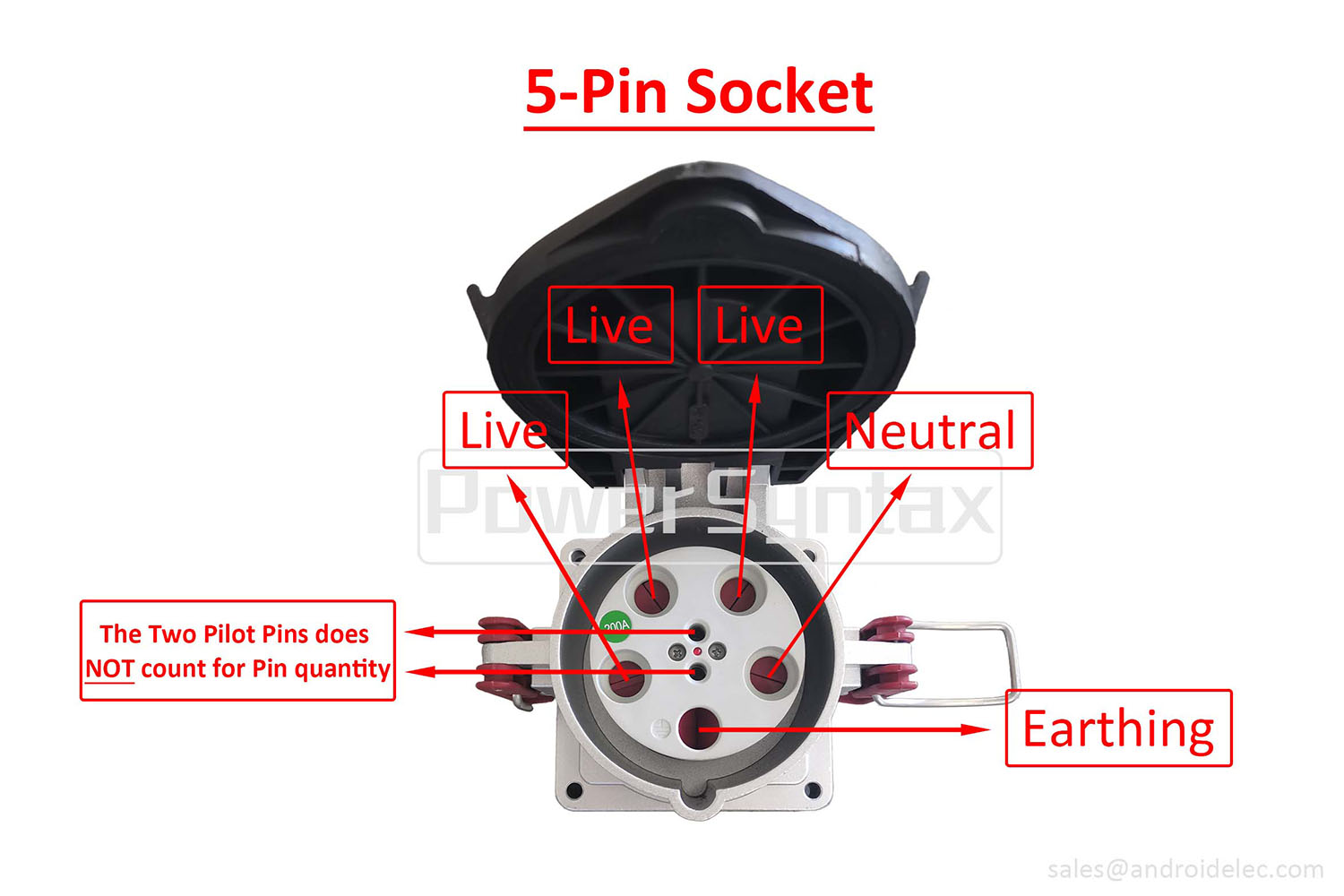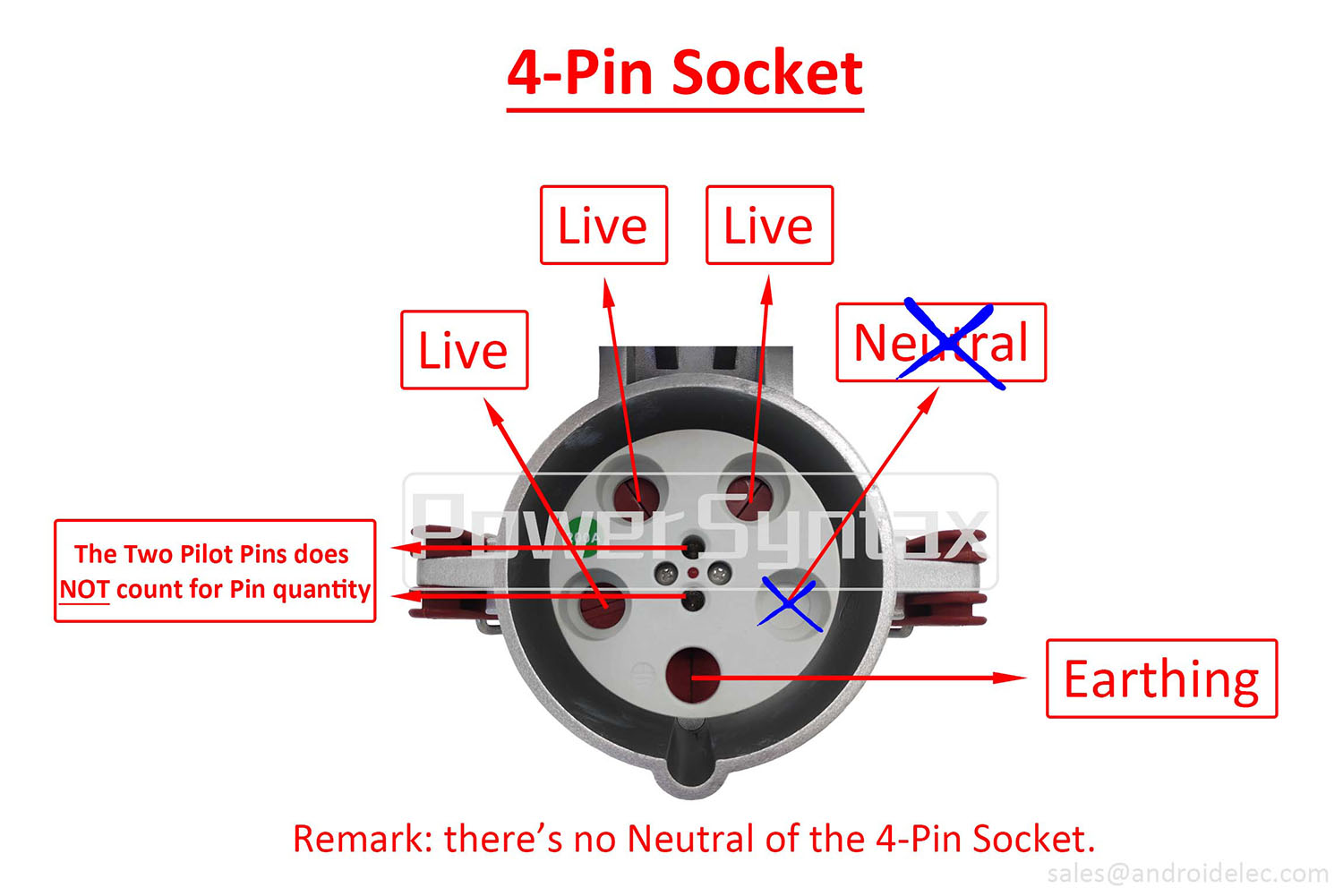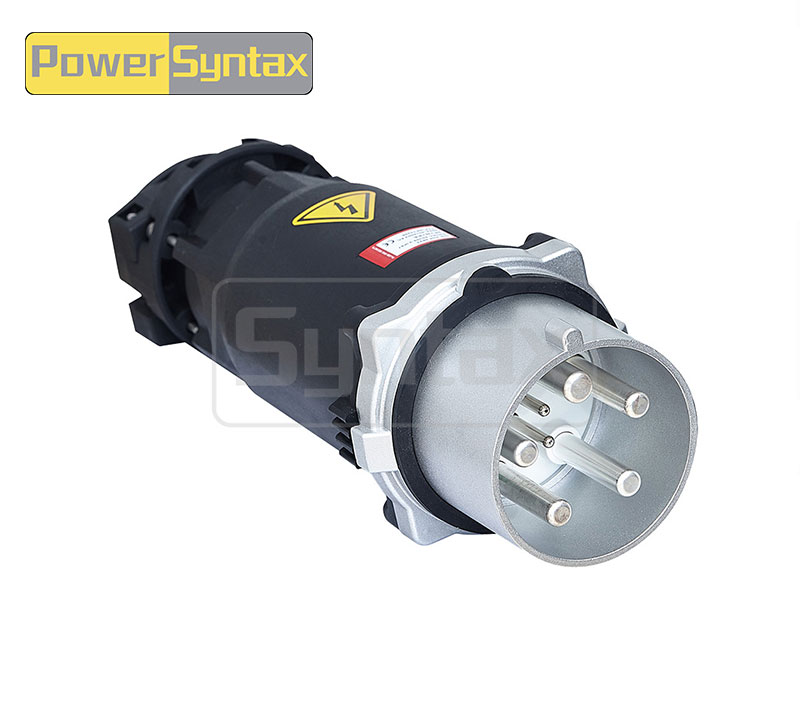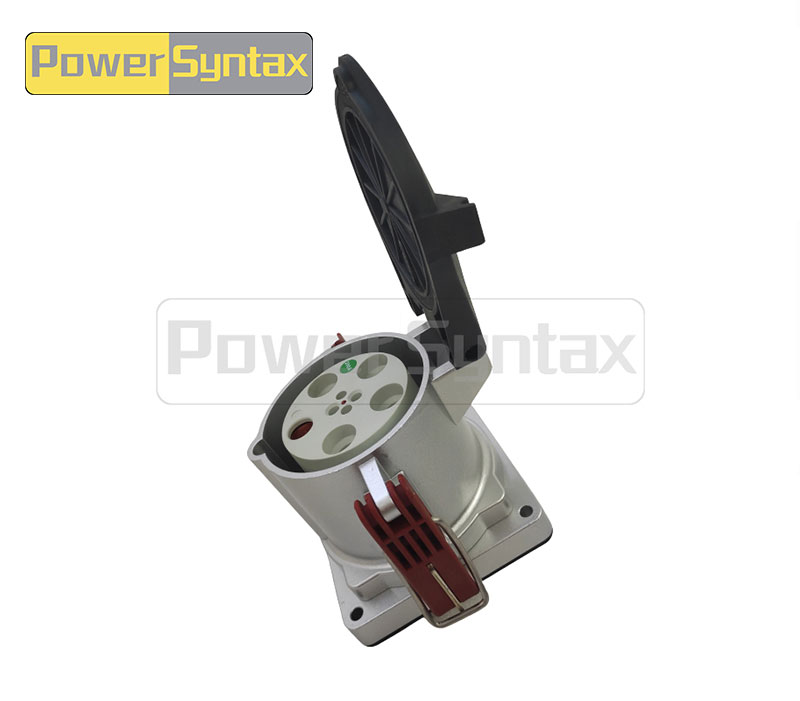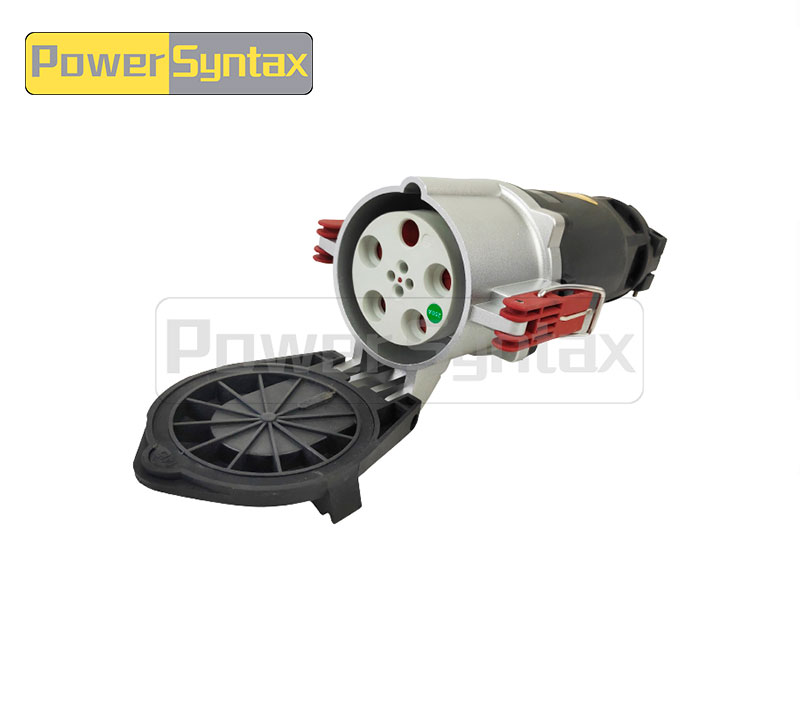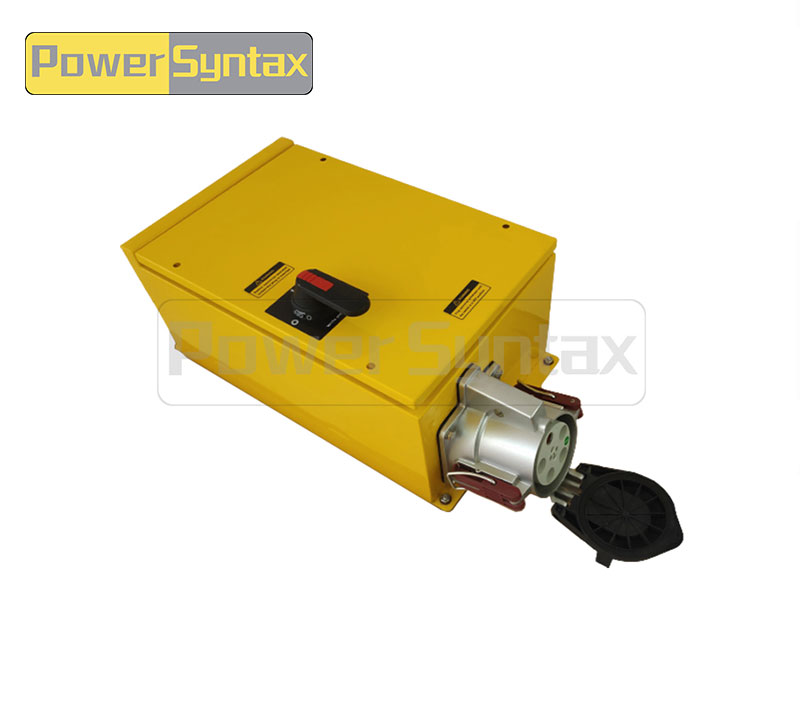How to Identify the Pins of the High Current Plugs and Sockets
Are you having difficulty identifying the pins on high current plugs and sockets? Let's look at the two versions available: the 4-pin version and the 5-pin version.
In the 5-pin version, denoted as 5P, we have 3 pins for active connections, 1 pin for neutral, and 1 pin for earthing. These pins enable the safe and efficient flow of electricity, with the neutral pin providing a return path for the current and the earthing pin ensuring electrical safety by diverting any potential faults away from the user. Identifying the earthing pin is easy as it is usually the largest pin.
On the other hand, the 4-pin version, denoted as 4P, eliminates the need for a separate neutral connection. Instead, it has 3 pins for active connections and 1 pin for earthing. This version is commonly used in applications where a neutral connection is not required or can be sourced separately.
It is important to note that the term "N" refers to neutral and "E" refers to earthing. By familiarizing yourself with the different pins and their functions, you can safely and effectively use high current plugs and sockets according to the appropriate wiring standard in your country.
View details of high current plug and socket:
5P=3P+N+E (5-pin version: 3 pins for active, 1 pin for neutral, and 1 pin for earthing.)
4P=3P+E (4-pin version: 3 pins for active and 1 pin for earthing.)
High Current Plugs and Sockets Note:
1. N refers to Neutral.
2. E refers to Earthing.
3. The earthing pin is the largest pin.
4. The 4-pin version does not include a neutral pin.
5. The two pilot pins does NOT count for pin quantity.
Let's review high current plugs and sockets with the help of illustrations:
